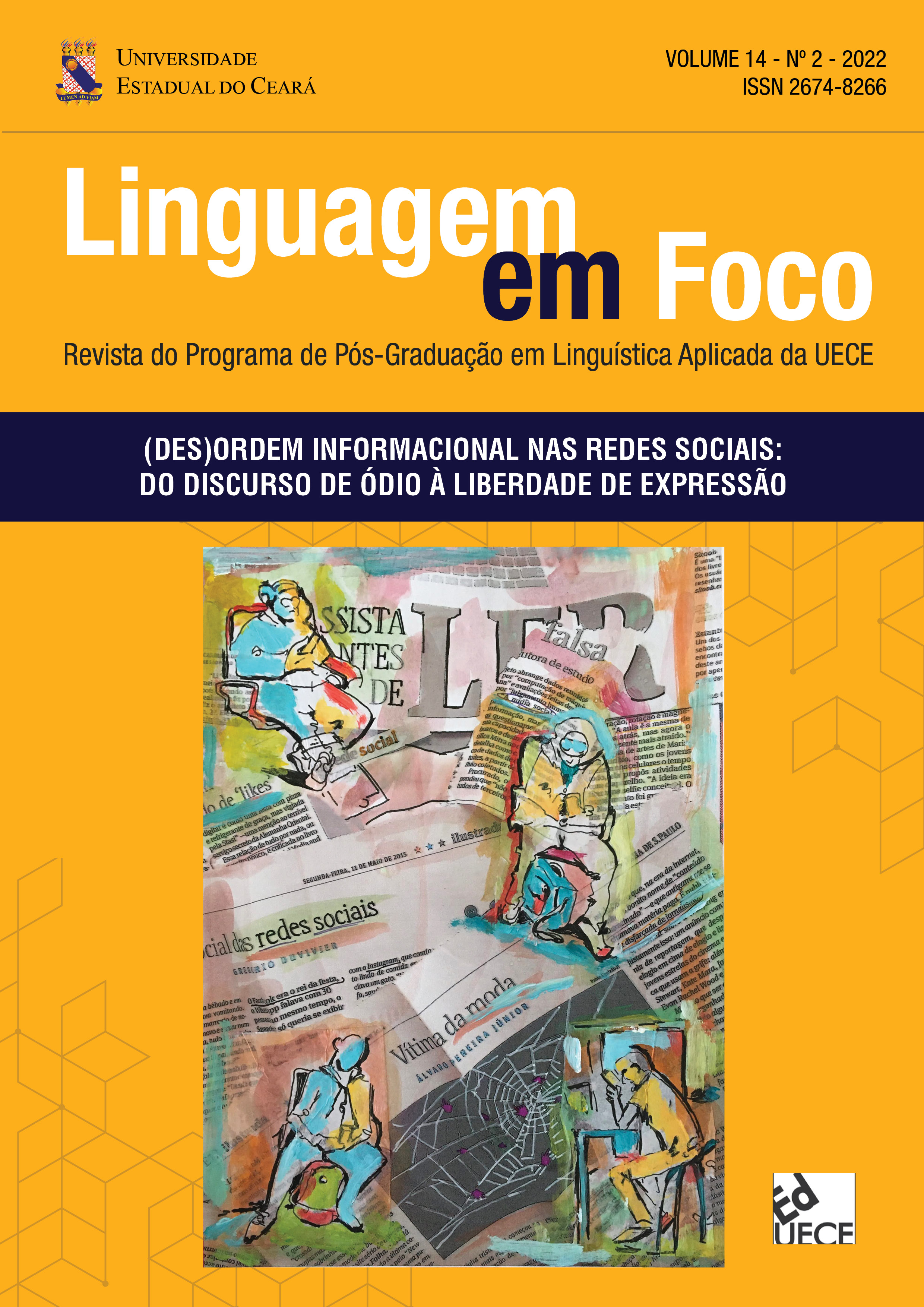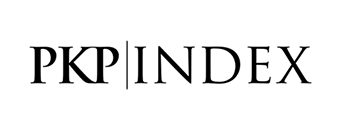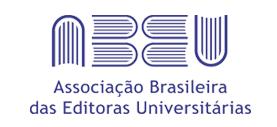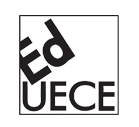Disinformation discursive practice
Distribution of false digital advertisements on social media
DOI:
https://doi.org/10.46230/2674-8266-14-9374Keywords:
Critical Discourse Studies, Social media, Disinformation discursive practice, False digital advertisementsAbstract
This study aims to investigate disinformation discursive practice in false digital advertisements, considering the distribution of false digital advertisements on social media. To do so, a theoretical framework was proposed to systematically analyze the distribution/contribution made by some social actors through elements that sometimes continue the text and sometimes discontinue it through aware, unaware, and transformational levels. This article is based on Critical Discourse Studies concerning the dialectical-relational approach (FAIRCLOUGH, 2001) and on disinformation studies (WARDLE; DERAKHSHAN, 2017). Moreover, this qualitative study uses discourse analysis as a method from the perspective of the Textually Oriented Discourse Analysis (TODA) developed by Fairlcough (2001). Data were reunited in 2 corpora to answer our research questions. The first corpus is formed by 3 false digital advertisements; the second one is composed of 5 comments retrieved from a news story that offered relevant aspects about the distribution of disinformation discursive practice. Results suggest that the distribution of false texts is a dangerous social problem that requires a greater comprehension of interactions between individuals, media, and society in general, as well as a greater transformational engagement that interferes with this practice dissemination from the understanding of contributions that continue and discontinue.
Downloads
References
BOURDIEU, P. O poder simbólico. Rio de Janeiro: Bertrand Brasil S.A., 1989.
FAIRCLOUGH, N. Discurso e mudança social. Trad. Izabel Magalhães. Brasília, UnB, 2001.
FLICK, U. Designing qualitative research. Los Angeles: Sage, 2007.
FONTANA, M. Z. Pós-verdade e enunciação política: entre a mentira e o rumor. In: CURCINO, Luzmara; SARGENTINI, Vanice; PIOVEZANI, Carlos. Discurso e (pós)verdade. São Paulo: Parábola, 2021.
MAGALHÃES, I. Teoria crítica do discurso e texto. Linguagem em (Dis)curso - LemD, Tubarão, v. 4, n. esp., p. 113-131, 2004. Disponível em: http://repositorio.ufc.br/bitstream/riufc/51574/1/2004_art_mismagalhaes.pdf. Acesso em: 29 out. 2021.
MAGALHÃES, I; MARTINS, A. R.; RESENDE, V. M. Análise de Discurso Crítica: um método de pesquisa qualitativa. Brasília: Editora da Universidade de Brasília, 2017.
PARISER, E. The Filter Bubble: what the internet is hiding from you. Penguin Press, 2011.
RAMALHO, V.; RESENDE, V. de M. Análise de discurso (para a) crítica: O texto como material de pesquisa. Campinas: Editora Pontes, 2011.
SANTIAGO, A. H. R. Prática discursiva de desinformação: um estudo crítico sobre anúncios digitais falsos. 2021. 134f. Dissertação (Mestrado em Linguística) – Programa de Pós-Graduação em Linguística, Centro de Humanidades, Universidade Federal do Ceará, Fortaleza, 2021 (no prelo).
SARGENTINI, V.; CARVALHO, P. H. V. de. A vontade de verdade nos discursos: os contornos das fake news. In: CURCINO, Luzmara; SARGENTINI, Vanice; PIOVEZANI, Carlos. Discurso e (pós)verdade. São Paulo: Parábola, 2021.
THOMPSON, J. Ideologia e cultura moderna: teoria social crítica na era dos meios de comunicação de massa. Petrópolis: Vozes, 2011.
WARDLE, C.; DERAKHSHAN, H. Information disorder: Toward an interdisciplinary framework for research and policy making. Strasbourg: Council of Europe, 2017.
Published
How to Cite
Issue
Section
License
Copyright (c) 2022 Antônio Heleno Ribeiro Santiago, Júlio Araújo

This work is licensed under a Creative Commons Attribution 4.0 International License.
Authors who publish in Linguagem em Foco Scientific Journal agree to the following terms:
- Authors retain the copyright and grant the journal the right of first publication. The articles are simultaneously licensed under the Creative Commons Attribution License which allows sharing the work with an acknowledgement of its authorship and initial publication in this journal.
- The concepts issued in signed articles are the absolute and exclusive responsibility of their authors. Therefore, we request a Statement of Copyright, which must be submitted with the manuscript as a Supplementary Document.
- Authors are authorized to make the version of the text published in Linguagem em Foco Scientific Journal available in institutional repositories or other academic work distribution platforms (ex. ResearchGate, Academia.edu).





























